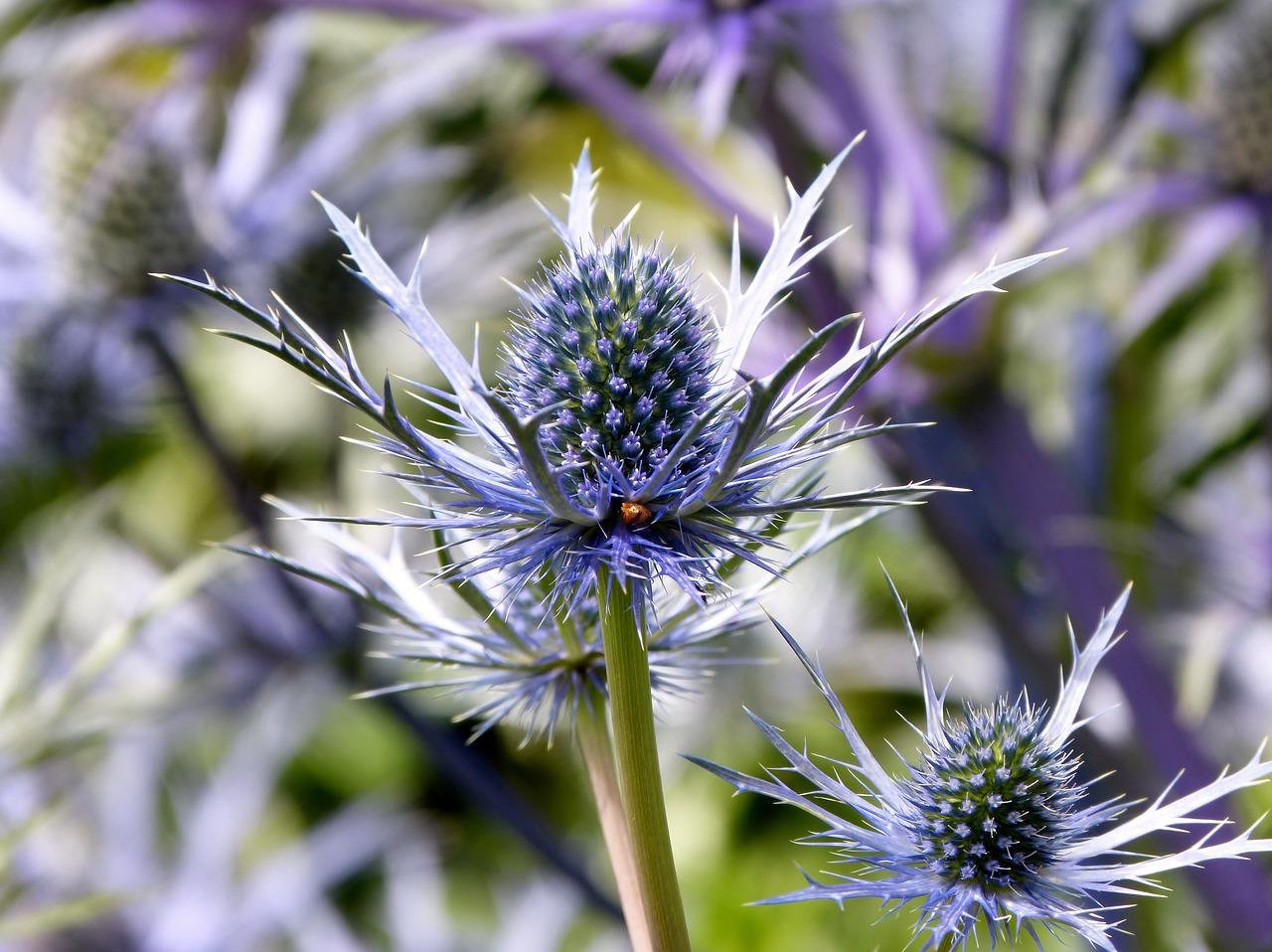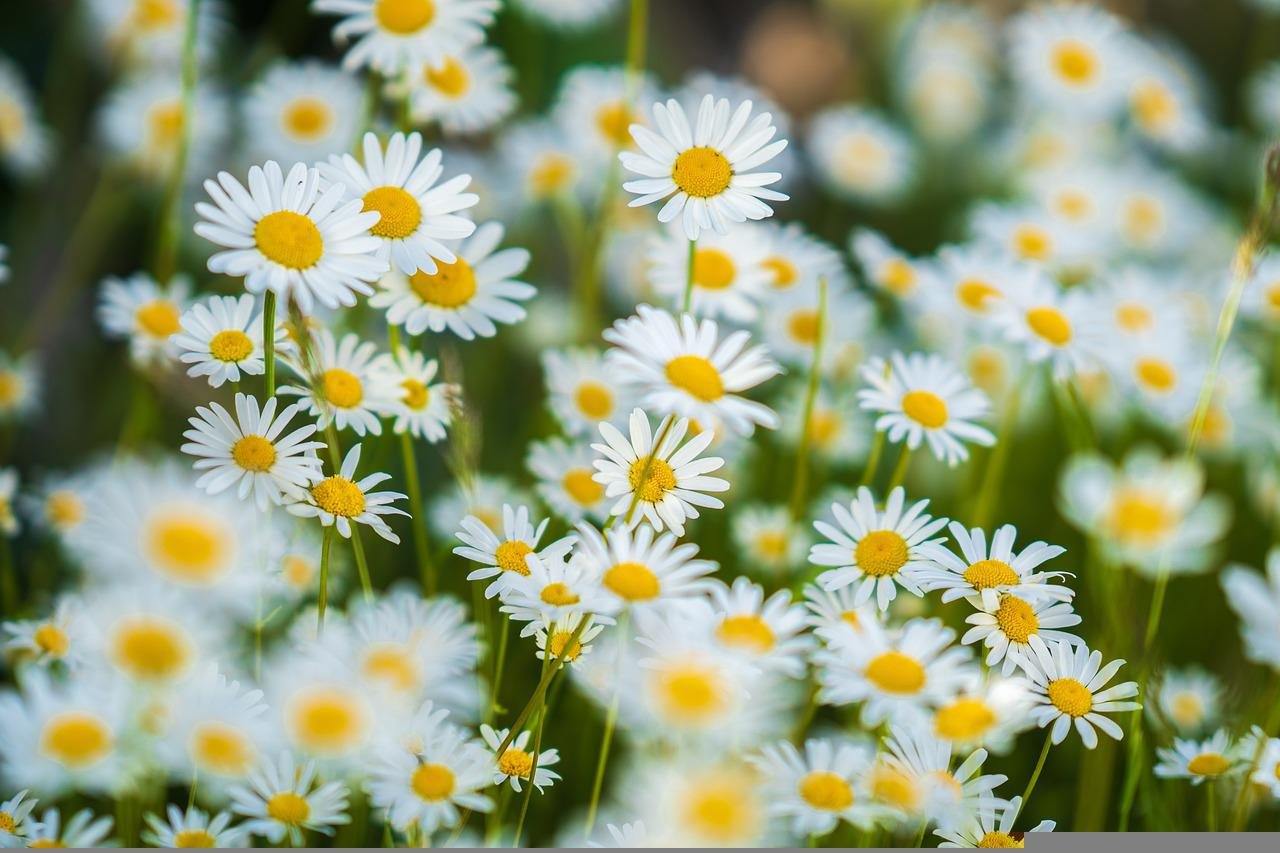9 Plants You Should Never Grow in Your Garden
Have you ever been drawn to a pretty flower or plant at the garden centre? I sure have. I've bought plants and seeds and I've been given free plants only to regret my decision in a year or so.
There are just some plants that will take over if you're not careful.
Some take over because they're prolific re-seeders, meaning that they create a TON of seeds with each flower head. When we aren't paying close enough attention and cutting off dying flowers, the plants will quickly set seed and the first breeze that comes up will send those seeds flying.
Other plants are aggressive because of their root systems. Have you heard of quack grass? It's the grass that can quickly take over a lawn or garden. Next time you try pulling it out, look closely at the roots. Each nodule (little funny bump) on that root is a potential new plant. Guess what? If you break that root, each one of those nodules will protest and send up a new plant!
So once you've gone to all the work to get your garden created and looking beautiful, let’s keep these plants out.
Disclaimer:
Don’t let this list stop you from growing some of these plants. This list is created for educational purposes and does not mean you can’t have them in your garden (unless they are a restricted plant)
If you love them, grow them!!
Snow on the Mountain or Goutweed - Aegopodium podagraria
Snow on the Mountain
This aggressive plant is disguised as a pretty green and white variegated ground cover. It has little flowers that resemble Queen Anne's Lace.
If you're looking to grow an entire flower bed of one plant then this is the one for you. It will quickly spread into your lawn. This is my number one plant that you should never grow in your garden.
Should you risk growing this one, make sure you are diligent in maintaining your bed edges or plant it into a bed surrounded by concrete sidewalks.
Ribbon Grass - Phalaris arundinacea var. picta
Ribbon Grass is an amazing plant. Its variegated green and cream foliage is impressive. It gives colour, height and spread. It is a great visual interest plant for winter landscaping as well.
But…unless you’re planting it in a concrete planter it can take over just like quack grass. Prettier than quack grass, but it will still take over.
Take a look at the species name, arundiancea. I read it as "A run ….." that says to me it’s going to run, run away in a race.
One place to use this grass is on a slope that is having erosion issues. The rhizome roots will help to stabilize the soil and help to prevent erosion.
Lily of the Valley - Convallaria majalis
Lily of the Valley
Lily of the Valley is often used in mass plantings. Used in the right location they are completely perfect. Since they grow well in shade they are nice as a ground cover under deciduous trees,
They are, however, quite poisonous. So plant with caution. Their flowers are beautiful and were made quite popular at the wedding of Prince William and Catherine.
I don't feel that this one has the same aggressiveness as Snow on the Mountain, but it can take over.
Yarrow - Achillea sp.
Yarrow
Yarrow is a plant I love and hate. Yes, I do have this one in my garden. It produces the best flowers that works amazing in cut flower arrangements. It does, however, reseed like crazy.
Please, please, please know that this one is going to reseed. Once the flower is finished you MUST dead head or you will be finding them growing in the most bizarre locations. They weed out easily early on in their lifespan, but if you let it take root and develop it will be much harder to remove.
Simple solution, deadhead!
This is a do as I say, not as I plant. Take my advice and never plant this one in your garden. Wink, wink...I'm keeping it myself.
Sea Holly - Eryngium sp.
Sea Holly
Sea Holly is a cool plant. I hesitated to put it on the list purely from the fact that there isn't a plant quite like it. Why would people grow it though? Because it’s unique and blue.
There aren’t that many blue flowers in the garden and this one is pretty and stands up quite well in a vase as a cut flower.
It can take over in the garden so be aware.
Tansy
About 15- 20 years ago this plant was making huge headway in the cut flower world. It lasts great in vases and dries well as well. Unfortunately now in Alberta, it is listed on the noxious plant list.
If you happen to be driving down some secondary highways in mid-summer you’ll understand why. There are ditches lined for miles filled with the bright yellow blooms of Tansy. It spreads by its roots and seeds.
It is on the noxious weed list due to its toxicity to animals and risk of invading pasture land.
Malva (or Mallow)
Mallow
Malva resembles holly hocks and will also reseed itself. It’s pretty purple flower may win you over though!
Ox Eye Daisy - Leucanthemum vulgare
Ox Eye Daisy
Ox eye Daisy (not to be confused with the larger Shasta Daisy) is often confused and thought of by the home gardener as a miniature daisy. It is a cute daisy that lasts a long time in bouquets too, but, it is also listed on the Alberta Noxious Weed list. This plant should never be in your garden!
It is a prolific spreader through its root system. Moving from the garden bed and into lawns. It can have a very low growing habit that avoids the gardener’s eye and lawnmower blade allowing it to remain hidden until it has spread a long distance. If allowed to grow tall and set flowers it will get 3 ft tall.
Creeping Bellflower -Campanula rapunculoides
Not all Bellflowers are created equal. Some are very cute and pretty. This one however is aggressive. It spreads through the garden by its root system and can quickly take over your garden.
If your bellflower is staying compact and not moving through your flower bed you likely have a safe variety.
Beauty is in the Eye of the Beholder!
So there you have it, 9 plants you should never grow. 9 plants that have slowly become aggressive in the landscape. Each one is beautiful, unique and often still used in the landscape. I encourage you to think long and hard before you place these into your landscape.
It doesn’t mean you can’t have them. Just know their habits and how they can affect your final garden look.
Happy Gardening!
Heidi






